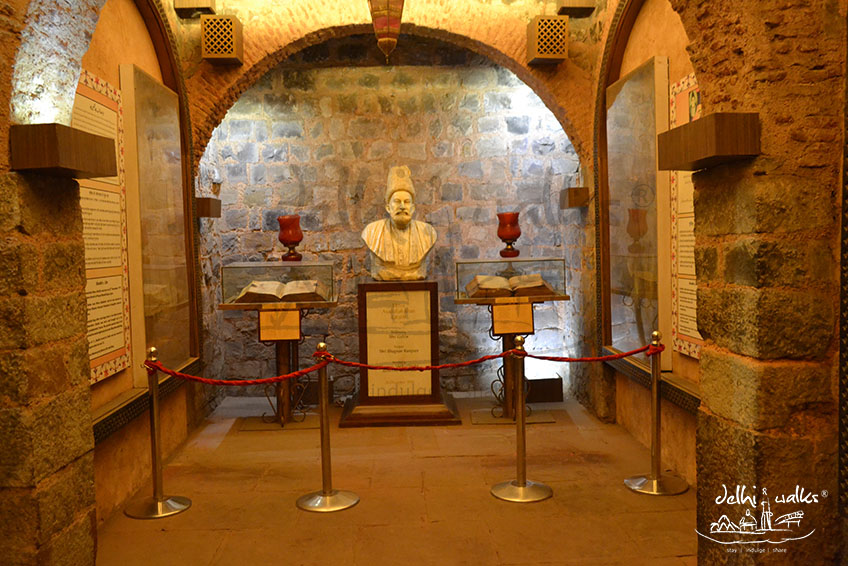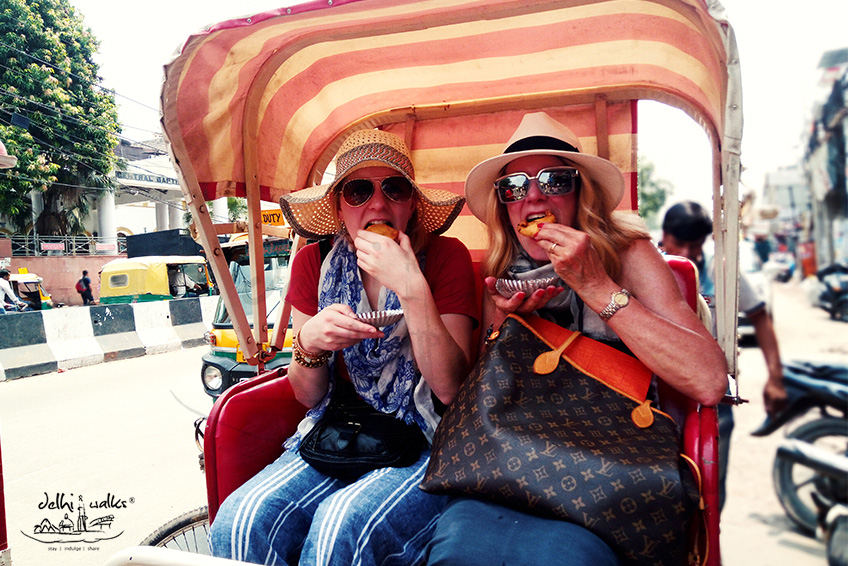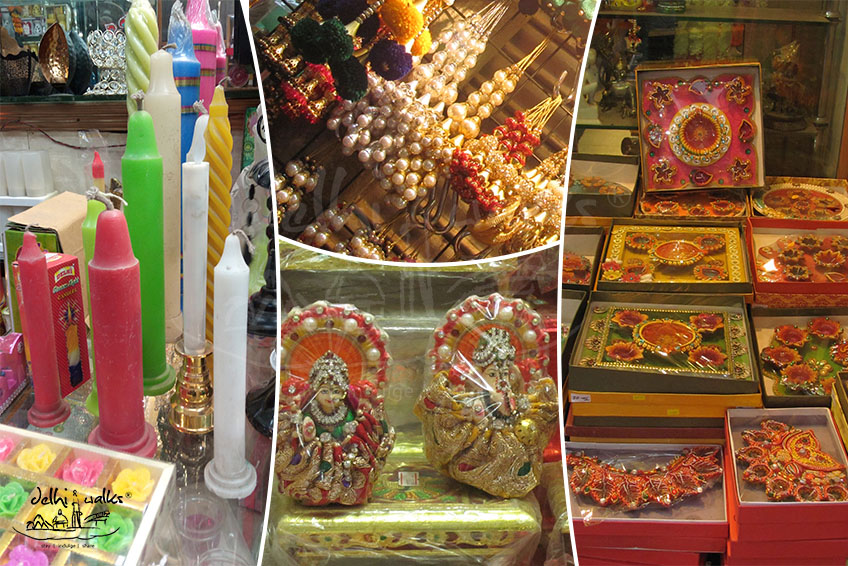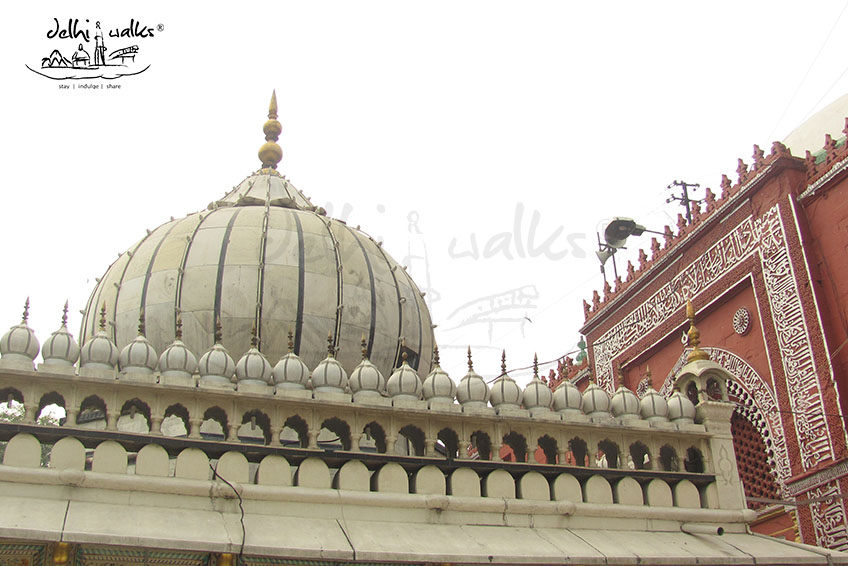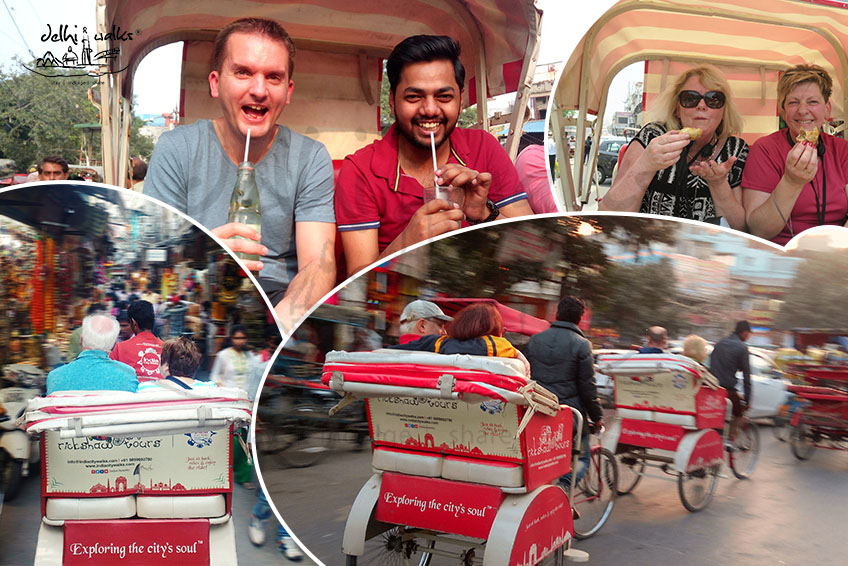Delhi’s Hidden Museums
Museums form a part and parcel of our lives, as they are the show window to the culture and heritage of our past. A place where the material remains of our past are kept, reflecting the cultural legacy that we come from. Delhi being the heart of India has been the most preferred place for showcasing the cultural heritage of India. While people were mourning for the burning down of the National Museum of Natural History, there are many lesser known Museums which many people don’t know about. There is a list of gems which celebrate the artistic, cultural and historical importance of these treasure troves.
Replica Museum:
Replica Museum inside the Siri Fort complex gives us a glimpse of ancient and unique replicas which give us a hint of the rich and cultural traditions of our historical past. It was inaugurated during the Commonwealth Games in 2010, the conception and execution was done under Indian Archaeologist K.K Muhammad. The replicas focus on Indian heritage, and are made by the students of Patna’s College of Arts and Crafts. The replicas made with fiberglass are no less majestic than the original pieces. Right from the Fasting Buddha of the Kushana period to other modern day artefacts, it is a great experience to visit the place. The museum not only has the replica artifacts but also houses the Astitva Gallery, which keeps having exhibitions time to time.
Where: Siri Fort Sports Complex
Entry: Free
Timings: 10 am to 5 pm
Archaeological Museum:
Qila-e-Mubarak or the Red Fort which was the residential complex of the Mughal Emperors since Shahjahan’s time, is now a main tourist spot in Delhi. The grandeur of the Fort, houses a Museum which is less known amongst people. The Archaeological Museum which is also called as the Mumtaz Mahal houses gems for history lovers, as it stocks relics like pottery, antiquities from the Mughal times, coins, jewellery, seals and a lot more artefacts which were interestingly, found in the excavations at Purana Quila in 1955 and then again from 1969 to 1973. There are also objects dating back to to the Mauryas, Sungas to those from Kushanas and Rajput era and even the Sultanate period. While one section displays the artifacts from 2nd and 3rd century, there is another section which focuses on the relics of the First War of Independence of 1857.
Where: Red Fort
Entry: Free
Timings: 9 am to 5 pm Daily (Closed on government holidays)
Ghalib Museum:
The Museum as the name suggests, is dedicated to the poet Mirza Asadullah Khan Ghalib, his time and life. Situated in Nizamuddin, as we walk towards the dargah, the museum is seen on the third floor of the academy, which has an auditorium and a library. Two rooms of the museum are dedicated to with a statue of Mirza Ghalib smoking a hookah at the entrance. There is also a storehouse which houses the replica’s of Ghalib’s favourite food like shahi kofta, murghmusallan and jalebi along with his plate and glass tumbler. Ghalibs books, rare photographs and important documents along with his handwritten pages are kept there. There are seals and coins which date back to the Mughal era are also kept in the museum. The rooms only happen to be open if you only ask the officials to open it for you.
Where: Nizamuddin, Near Dargah
Entry: Free
Timings: 9 am to 5 pm
National Police Museum:
Established in 1991, this museum is located in the ground floor of CBI headquarters. The museum is a real reflection of the tough world of the police force and a detailed insight into the skills along with the investigative methods used by both, the Indian as well as an insight into the International investigative methods. The museum is a showcase of all objects and methods used by Indian as well as International Police Forces. In the museum, don’t get scared if you stuble upon gruesome pictures of criminals, weapons and even counterfeiter equipments used by police over the years. Apart from equipments, remnants of challenging case studies are also in display. The cherry on the cake being, the different uniforms from different countries. The only thing to remember is, you need special permission for photography.
Where: CGO Complex, Lodhi Road
Entry: Free
Timings: 9 am to 5 pm (closed on Saturday, Sunday and government holidays
Musical Instruments Gallery Museum :
If you have an ear for music, do visit the Musical Instruments Gallery at FerozShah Road. It is a treat for music enthusiasts, showcasing around four hundred instruments which provide an information on these instruments and other collectibles kept for display.

